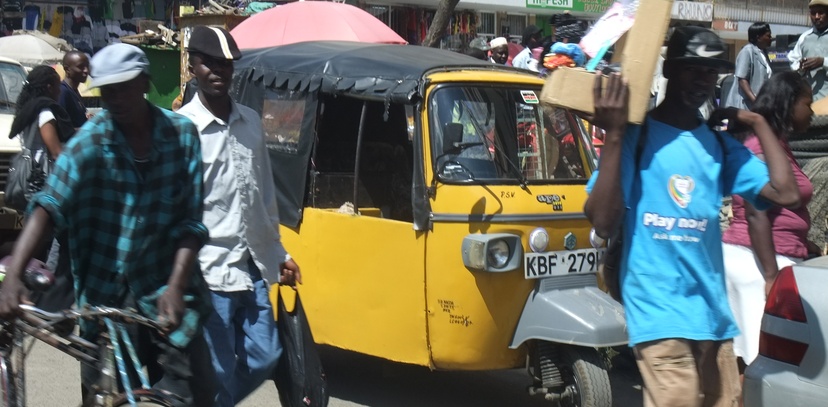
We are collaborating with the Urban Times to publish a 10-part series on urban social innovation as part of the Social Life of Cities Collaborative. Over the next few weeks we will be sharing articles offering street-level perspectives on social needs and social change in cities around the world. This is the first article in the series.
What is it like to live in a particular city if you're six or 60, a teacher or a taxi driver, a new arrival or a long-term resident, unemployed or homeless? What can the everyday rhythms of a place reveal about how urban communities function and what supports or disrupts local life? How can understanding community dynamics and the history of a place shed light on why one neighbourhood struggles and another thrives?
These are the questions that don't make it into policy debates about cities and their future. Yet they are exactly the kinds of questions that prompt new ways of thinking about the challenges that cities face because they reveal many of the tensions and difficulties of urban living: the loneliness and isolation that many people feel; the different experiences of the city that people in the same tower block, street or neighbourhood can encounter on a daily basis; the uneven distribution of power, resources and public services throughout cities; how contemporary urban development is shaped by economic and political decisions made decades ago.
For decades urban policy and strategy has been dominated by thinking about the physical city: landmark architecture, transport, housing, urban development, and increasingly the technological infrastructure to create smarter, more productive, and greener cities.
Clearly social issues like health, education, employment and public safety matter to city leaders, but policy and public services deal with people in the abstract rather than the particular, which is why so often, plans diverge from reality in unpredictable and unintended ways. The social life of cities, in particular the ordinary, the small-scale and mundane aspects of urban life, are commonly overlooked as a source of insight and inspiration for city planners and decision-makers.
Looking at the everyday life of city streets and neighbourhoods provides a perspective on cities, social change and the radical variety of urban life, that is dramatically different to thinking about the city as an intelligent network or transport system with predefined ideas about how people will behave.
Studying a high street, a neighbourhood park, or a local café can reveal much about the health and resilience of a community, such as what ideas like local, global or belonging mean in multi-ethnic, multi-lingual cities like London, as revealed by Suzanne Hall's research about south London's Walworth Road or Martha Radice's work on streets in Montreal. And, how focusing on lived experience in a particular place can teach us much about understanding the larger forces and changes at work in cities.
This is why the Social Life of Cities Collaborative - launched in 2012 by Social Life, Cisco and the Young Foundation - is exploring how a focus on people, streets and local needs can generate new thinking about cities and social innovation.
Through research, practical projects and dialogues with community, city and public agencies in different cities, we are looking at new, small-scale and citizen-led approaches to innovation from around the world, and are developing new models and approaches to thinking about cities, placemaking and the role for digital technologies in supporting urban social life.
Over the next few weeks we are collaborating with Urban Times to publish a series of 10 new articles giving "street views" on city innovation from cities around the world. We have invited people involved in social innovation projects in Mumbai, Buenos Aires, Seoul City, Medellin, Sydney, Chicago, Athens, and others, to share their stories.
The articles cover a wide range of problems but also opportunities: from educating street children in India to supporting Kenyan social entrepreneurs. The authors come from a wide range of backgrounds: some are at the frontline running projects, some work in NGOs and public agencies, others are researchers investigating urban change, but what brings the articles together is a shared focus on creative responses to tackling social needs that are about understanding the challenges of real places and real lives.
The first two articles are about Nakuru, Kenya's third largest city and Sydney, Australia, offering two wildly different perspectives on urban life and urban development that illustrate clearly how any attempt to think about cities as anything other than fluid, ever-changing, and shaped by their own specific social and historical forces will surely fail.
We hope you'll enjoy them.
This article was wriitten by Saffron Woodcraft and was first published in the Urban Times.